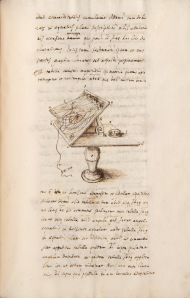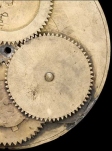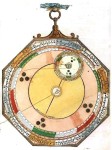
Welcome to the Fall 2012 project section of ARCH531 (Architectural Intentions from Vitruvius to the Renaissance), a lecture course taught by Prof. Alberto Perez-Gomez at McGill University, School of Architecture, with this project segment conceived and taught by me.
The project theme for this term was de natura instrumentorum, or the nature of instruments, and following books 9 and 10 in Vitruvius’s Ten Books of Architecture, we explored the status of instruments and machines from antiquity through to the Renaissance. In Exercise 1, early forms of computing (e.g. paper machines or volvelles, astrolabes) were investigated, and Exercise 2 involved replicating the map of Rome as well as the ‘horizon’ instrument invented by Leon Battista Alberti (1404-1472). Exercise 3 explored machines, mechanisms, and contrivances from antiquity to the Renaissance, using them as inspiration towards creating original work.
Please click on the links above to see the project and exercise descriptions, and to leave comments.
Yelda Nasifoglu, project instructor for Fall 2012
@YeldaNasif
yelda.nasifoglu[at]mail.mcgill.ca



